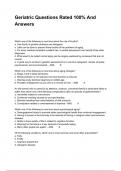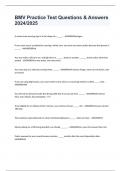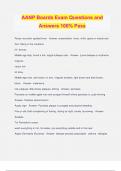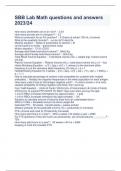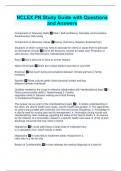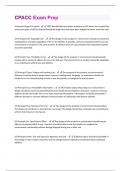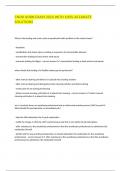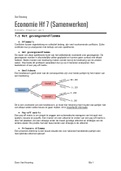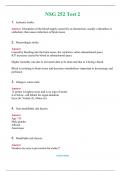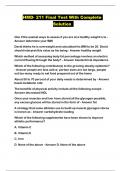Exam (elaborations)
Geriatric Questions Rated 100% And Answers
- Course
- Institution
Which one of the following is most true about the rule of fourths? a. One fourth of geriatric problems are iatrogenic. b. Little can be done to prevent three fourths of the problems of aging. c. For every medical complaint a patient has, a careful assessment can identify three other diagnoses. ...
[Show more]
